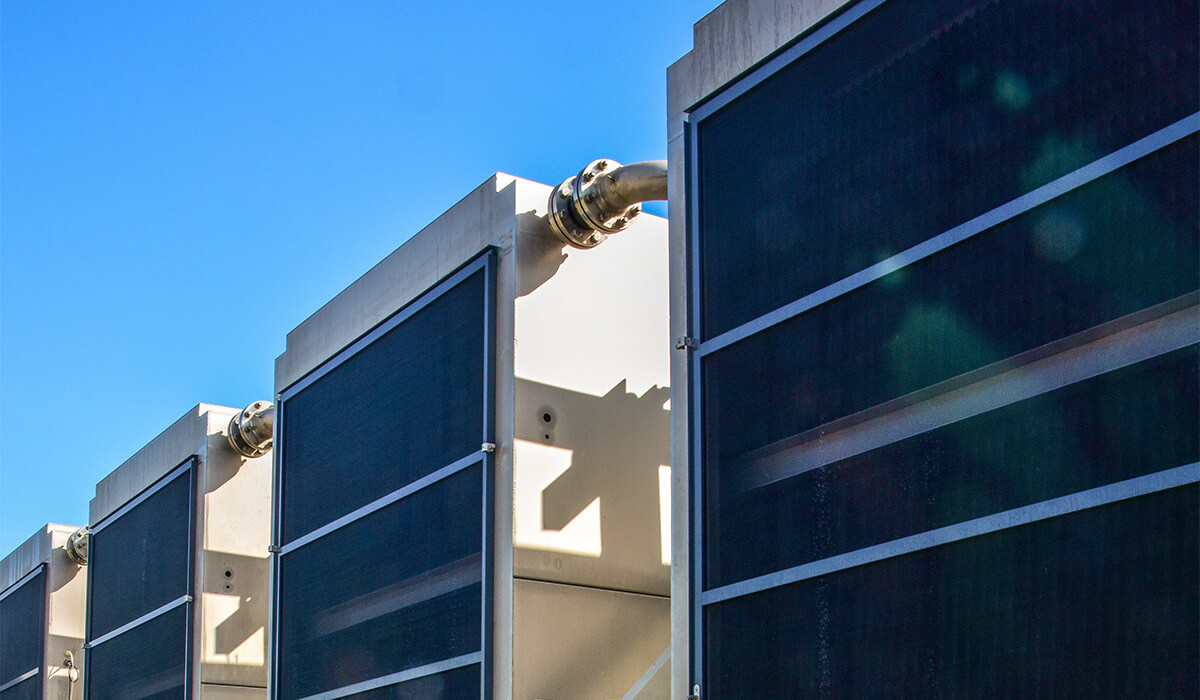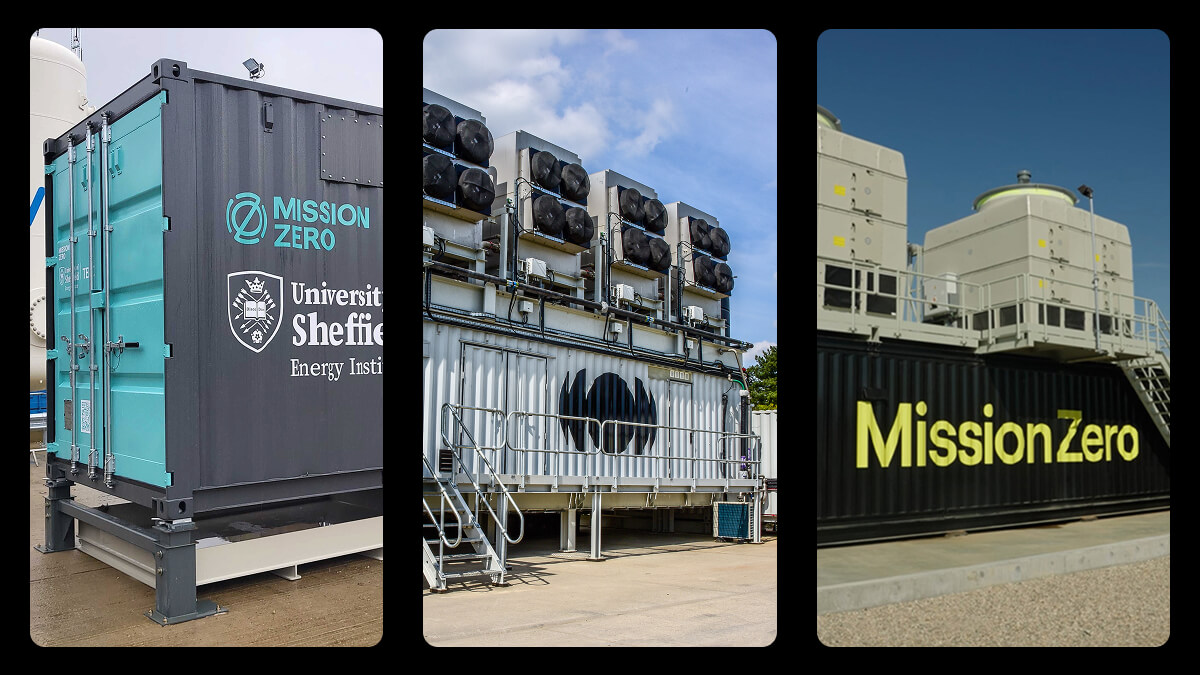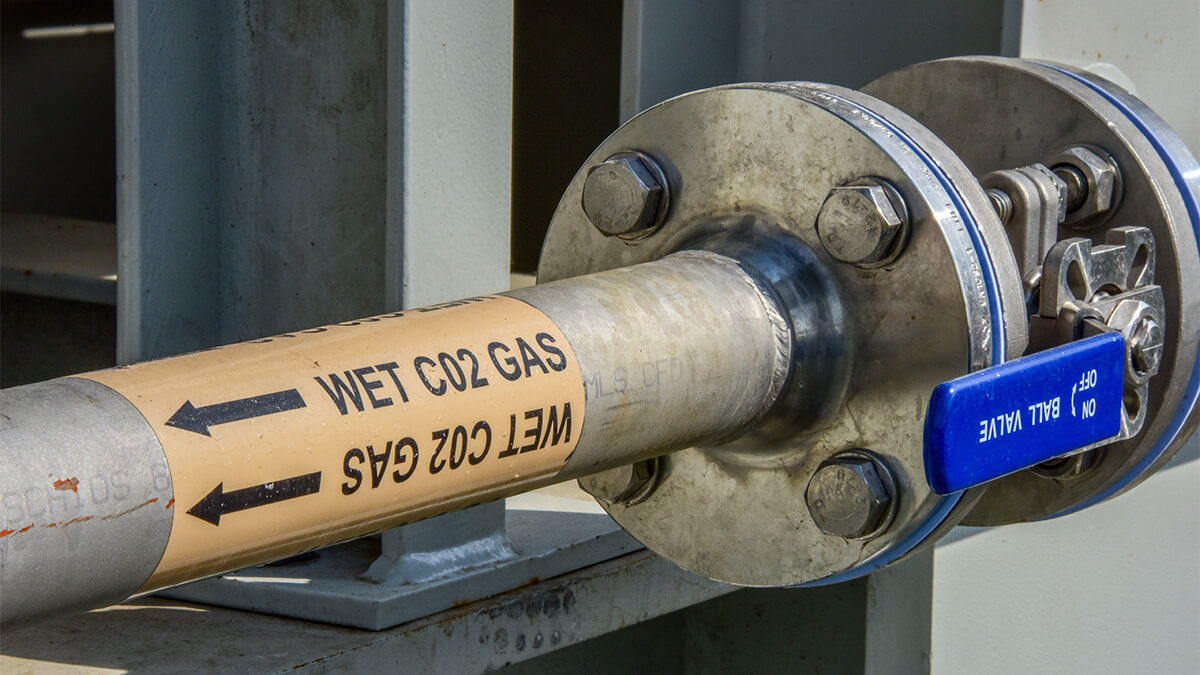As scrutiny of the voluntary carbon market (VCM) grows, so does the demand for quality. Much of the scepticism stems from a lack of transparency — particularly around the credibility of carbon credits. In the past, companies have leaned on hard-to-verify credits as a way to sidestep real climate action, fueling greenwashing and eroding trust. This has dented public confidence not just in offsets, but in carbon removal more broadly.
To rebuild this trust, the VCM must double down on integrity — ensuring every credit represents real, measurable, and durable CO₂ removal. One of the most important tests for determining a high-quality carbon removal that delivers real climate impact is additionality. Put simply: a removal is ‘additional’ if it wouldn’t have happened without the incentive created by carbon removal revenue. It might sound like a small distinction, but it’s a core principle of carbon market integrity.
There’s a lot to digest here. We’ve broken down exactly what additionality means, why it underpins trust in carbon dioxide removal (CDR), and how direct air capture is helping to set the standard for additional carbon removal.
What is additionality?
In practice, additionality is assessed by comparing two scenarios: the world as it is with the carbon removal project, and a hypothetical baseline or business-as-usual world without it. If the carbon removal only happens in the former, it’s considered additional.
Several standard considerations are used to assess additionality, all of which must apply for a CDR credit to be considered additional. Here’s how they apply to carbon removal projects.
Environmental additionality: Is it sustainable?
The first test of additionality is environmental — does the project remove a set amount of carbon from the atmosphere with certainty?
Assessing this involves:
- Establishing a clear baseline: What would happen to the CO₂ if the project didn’t exist? For example, forests already absorb CO₂ naturally. So, in an afforestation project, only the carbon removed by new trees that are planted by the project and wouldn’t otherwise have existed can be credited. The size of this additional removal depends on factors like how many trees are planted and how fast they grow.
- Carbon quantification: The number of credits issued must reflect the actual amount of CO₂ removed after accounting for any new emissions arising due to the project.
- Conservative assumptions: Because all baseline scenarios involve some degree of uncertainty, credible methodologies adopt conservative assumptions to avoid overstatement.
In short, environmental additionality ensures removals are genuine — not theoretical.

Financial additionality: Would it have happened without project funding?
Does the project depend on carbon finance to exist? If a CDR project would still be commercially viable without selling credits, then the removal may not be considered additional.
This is particularly relevant in carbon utilisation projects. If captured CO₂ is used to make products that can be sold for a profit — like construction materials — the project might not rely on the sale of carbon credits to break even. In that case, the removal would have occurred, even in the absence of credit revenue, which weakens the case for additionality.
This test doesn’t mean commercial viability is a problem — only that crediting should be reserved for projects where carbon finance plays a meaningful role in enabling climate impact.
Regulatory additionality: Is carbon removal required by law?
If a project is already mandated by law or regulation, its removals aren’t additional. Additionality determines whether a removals credit can enter the voluntary carbon market (where it can potentially command a higher price) over the local compliance market.
In carbon removal, regulatory additionality is an evolving space. Today, most removals aren’t legally mandated — but this may change as policies like the UK Emissions Trading Scheme (UK ETS) start to incorporate carbon dioxide removals into compliance frameworks. Regulations vary across jurisdictions, so a project deemed additional in one country might not qualify in another — making careful, context-specific assessment essential for market credibility and buyer confidence.
Once something becomes a legal obligation, its removals can no longer be considered additional in voluntary markets — however, its credits may still be eligible in the compliance market.
Common practice additionality: Is it business as usual?
If a carbon removal method is already standard industry practice, issuing credits for it can amount to rewarding business-as-usual. Even if a project isn’t legally mandated, if it’s already widely adopted regardless of carbon markets, its removals may not qualify for crediting.
Crediting bodies often re-evaluate what counts as common practice over time, making this assessment increasingly important as technologies scale.
Why additionality matters
There are two main types of carbon markets: compliance markets, like the UK’s Emissions Trading Scheme (ETS), where governments cap emissions and companies must hold tradable credits to cover any excess emissions they produce; and voluntary markets, where companies or other actors choose to buy credits independent of what the law requires.
Carbon dioxide removal (CDR) credits, which represent historic CO₂ taken out of the atmosphere, aren’t yet traded within compliance markets. In the voluntary market, actors can buy CDR credits to reduce overall emissions, counterbalancing their carbon footprint — and here, additionality is crucial. Since these removals aren’t legally required, additionality proves that the credits deliver a genuine climate benefit that wouldn’t have happened without that voluntary investment.
If a project fails to meet any of the additionality criteria, the credits it sells do not represent a genuine climate benefit. In the voluntary market, credits that don’t meet this threshold are unattractive — even unsellable — to discerning buyers, cutting off a vital revenue stream and forcing projects to seek other funding sources. For buyers, purchasing non-additional credits risks fuelling greenwashing claims and undermining climate commitments. At a market level, every lapse erodes trust in carbon removal as a whole.
Why DAC + storage is additional
Direct air capture paired with geological storage offers one of the most clearly additional forms of carbon removal.
Why? Because it’s not a by-product of another industrial process — it’s specifically designed to remove CO₂ from the atmosphere. Nothing happens without deliberate effort. DAC systems only recover carbon when actively powered and operated, and once stored underground, that CO₂ is locked away for thousands of years or more.
This makes DAC with storage unique in a few ways:
- There’s no natural baseline to contend with — Unlike nature-based carbon removal methods, there’s no equivalent process that would have removed the CO₂ anyway.
- There’s no business-as-usual version — These removals don’t happen without a deliberate effort to build, power, and maintain a DAC system.
- It requires dedicated funding — Running a direct air carbon capture and storage (DACCS) facility relies on project funding, especially in the early stages of deployment.
- It’s not legally required (yet) — Most DACCS projects operate in voluntary markets, not because they’re mandated by regulation.
All of which makes DAC + storage a strong candidate for meeting the full set of additionality criteria — environmental, financial, regulatory and common practice.
On the ground: Our direct air capture technology at Deep Sky’s Alpha site is being used to durably store CO2 recovered from the atmosphere for thousands of years.
Additionality for DAC + utilisation + storage
Things get more nuanced when DAC is paired with utilisation and storage — where CO₂ is captured, used in a product or process, and then ultimately stored or sequestered.
In these cases, additionality must be assessed on a case-by-case basis:
- Is the CO₂ eventually stored permanently, or returned to the atmosphere? To qualify as removal, the CO₂ must be securely stored for a long time.
- Would the project be financially viable without carbon credit revenue as a result of product sales? If the project can operate and be profitable without selling carbon credits, then credit revenue isn’t enabling the removal, weakening the case for additionality.
- Would the product still be made with an alternative CO₂ source without relying on carbon credit revenue? This considers whether the market is already supplying similar products with CO₂ sourced from other means — such as industrial capture or fossil-based sources — without relying on carbon credits. For example, if a building materials producer uses DAC-sourced CO₂ exclusively and wouldn’t make or sell their products without carbon credit revenue, then this project could be considered additional, even if the broader market typically uses fossil-derived CO₂. The key is that the project’s activity depends on the carbon credit revenue, representing a meaningful shift beyond common practice.
The storage element of these projects could be considered additional — and the resulting credits may qualify as carbon dioxide removal (CDR) eligible for sale on the voluntary market — if the project meets key criteria such as ensuring durable storage, demonstrating financial additionality, and representing a meaningful shift beyond common practice. Because product markets, the durability of storage, project economics, and market norms vary widely, additionality in such hybrid projects needs to be assessed on a case-by-case basis.
On the ground: At O.C.O Technology’s site in Norfolk, we’ve deployed direct air capture to help pioneer the production of carbon-negative building materials. Using atmospheric CO₂ as a feedstock, the project delivers a double climate benefit: replacing the fossil-derived carbon typically used in these materials, while simultaneously removing CO₂ from the air.
When DAC + utilisation doesn’t qualify as additionality
In some cases, DAC is used purely for utilisation — with no permanent storage involved. This might include CO₂ used to produce food and drink, chemicals, or fuels.
Even when these applications offer climate benefits — for example, using recycled atmospheric CO₂ instead of fossil-derived carbon to replace the bubbles in a fizzy drink or the hydrocarbons in jet fuel — they don't meet the bar for additionality as carbon removals.
The CO₂ may only be stored temporarily, or eventually re-released into the atmosphere when the product is used. That doesn’t mean they’re without value. It’s important to note that not all climate benefits stem from removals — and not all are additional.
On the ground: The UK’s first DAC plant is turning atmospheric carbon into jet fuel at the University of Sheffield’s Energy Institute. As one of the safest near-term options for cutting aviation emissions, synthetic fuel can reduce the carbon footprint of flying by as much as 80%.
Why additionality is the foundation of credible carbon removal
As carbon markets evolve, additionality is no longer a nice-to-have. It signals to buyers, investors and regulators that a project’s credits are delivering real, verifiable impact that wouldn’t have happened without carbon market revenue. A project may still remove CO₂ without being additional — but in that case, the credit associated with it cannot claim to deliver climate benefit, throwing project funding and credit sales into uncertainty.
Direct air capture paired with permanent storage stands out in this landscape as a purpose-built removal technology that doesn’t happen without deliberate effort. Whilst DAC combined with CO2 utilisation pathways might not always meet the full definition of additionality, these applications still play a valuable role in the bigger climate picture by displacing the use of fossil CO₂.
It’s not surprising that after a number of lapses in trust in the carbon market — with one particularly notable instance finding that more than 90% of rainforest carbon offsets by the world’s biggest certifier in 2023 did not represent genuine carbon reductions — rigorous monitoring and verification are non-negotiable. CDR buyers are becoming more discerning, seeking out high-quality credits backed by transparent methodologies and third-party verification — with additionality front and centre.
As carbon removal markets mature, additionality will continue to be a critical integrity test — one that enables climate benefit, builds trust, and helps unlock the capital needed to scale essential carbon removal solutions.






